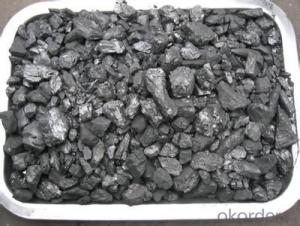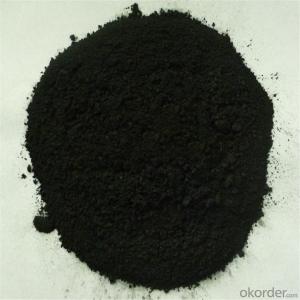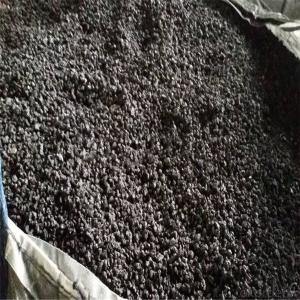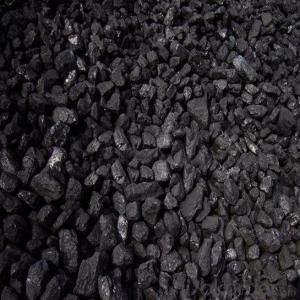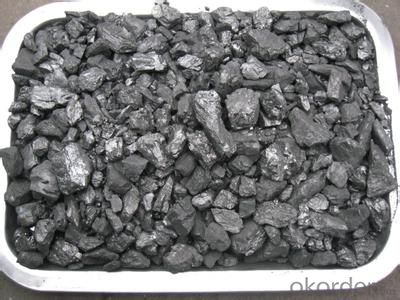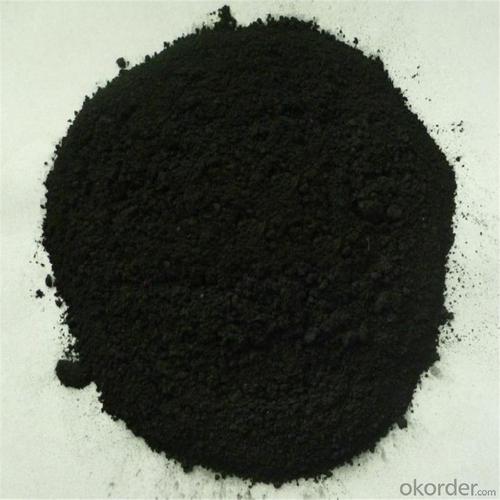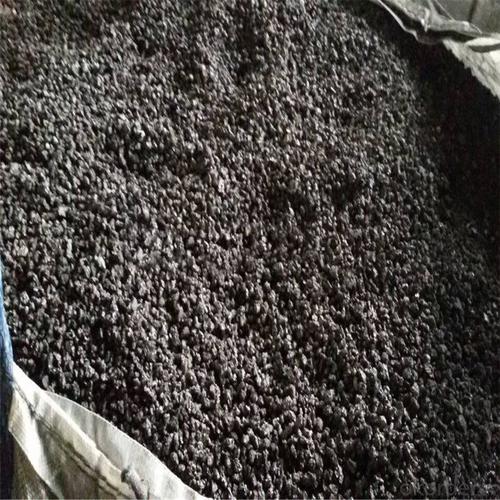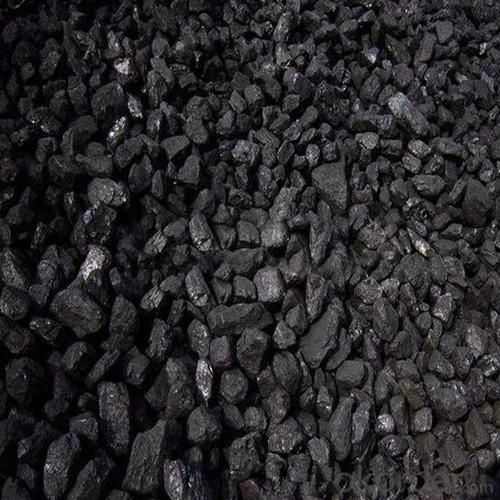Recarburizer low S low N carbon additive carbon riser
- Loading Port:
- Dalian
- Payment Terms:
- TT OR LC
- Min Order Qty:
- 10 m.t
- Supply Capability:
- 500000 m.t/month
OKorder Service Pledge
OKorder Financial Service
You Might Also Like
Specifications of Carbon Raiser:
- F.C 90-95%
- Low sulfur
- ISO 9001
- Calcined petroleum coke
FC 90-95-99% carbon raiser for steelmaking/Calcined anthracite / graphite based / petroleum coke recarburizer
Recarburizer carbon rasier points steelmaking recarburizer (People's Republic of China ferrous metallurgy industry standards, YB / T 192-2001 steelmaking recarburizer) and cast iron with carbon agent, and other materials are also useful to add carbon rasier such as brake pads with additives, as friction materials. carbon rasier belong plus steel, iron by carbon materials. carbon rasier quality is essential for the production of high-quality steel auxiliary additives.
Carbon rasier there are a variety of raw materials, production processes are different, there are wood carbons, carbon-based coal, coke, graphite, etc., of which there are many small species under various categories. High quality carbon agent generally refers to after graphitized carbon agent under high temperature conditions, the arrangement of carbon atoms in graphite morphology was, so called graphitization. Graphitization can reduce the content of impurities recarburiser improve recarburizer carbon content and reduce sulfur content.
Recarburizer Features:
- Medium particle size, porosity, large, absorption speed.
- Using petroleum coke firing temperature, the chemical composition of pure carbon, sulfur, harmful ingredients minimal absorption rate.
- Product good degree of graphitization, improve the original form of liquid iron nuclear capability. Ductile iron ball to increase the number of ink in breeding, increasing the graphite furnace liquid iron nuclei. Refined, uniform distribution of the graphite in the cast.
- excellent performance and stability.
Specifications (%): | ||||||
Grade | F.C | Ash | V.M | Moisture | S | Size |
CR-95 | ≥95 | <4< span=""> | <1< span=""> | <1< span=""> | <0.3< span=""> | 0-30mm |
CR-94 | ≥94 | <4< span=""> | <1< span=""> | <1< span=""> | <0.3< span=""> | |
CR-93 | ≥93 | <6< span=""> | <1< span=""> | <1< span=""> | <0.4< span=""> | |
CR-92 | ≥92 | <7< span=""> | <1< span=""> | <1< span=""> | <0.4< span=""> | |
CR-91 | ≥91 | <8< span=""> | <1< span=""> | <1< span=""> | <0.4< span=""> | |
CR-90 | ≥90 | <8.5< span=""> | <1.5< span=""> | <2< span=""> | <0.4< span=""> | |
Carbon rasier Packing:
- Carbon rasier waterproof bags 25KG / bag, plus tons of bags or trays
- Also provide suitable package according to your needs.
- Q: What can light hydrocarbon carbon five be packed with?
- Light hydrocarbon carbon fiveLight hydrocarbon carbon five is a light yellow or colorless transparent flammable liquid with a density of 0.60-0.68 and a boiling point of 36.1 degrees. The calorific value of liquid light hydrocarbons is 10800kcal/kg. (the current price in Chengdu is 2000 yuan / ton, and the monthly supply is about 1000 tons.).
- Q: What are greenhouse gases?
- Greenhouse gases are gases that trap heat in the Earth's atmosphere, contributing to the greenhouse effect and causing global warming. Some examples of greenhouse gases include carbon dioxide, methane, and nitrous oxide.
- Q: What materials can be carbonitriding?
- Low temperature carbonitriding for high alloy tool steel, high-speed steel tools, etc., in temperature carbonitriding is under great pressure not only in carbon steel wear parts, high temperature carbonitriding is mainly used for medium carbon steel and alloy steel under great pressure.
- Q: What are the different types of carbon steel?
- Carbon steel, known for its strength, durability, and affordability, is widely utilized in various industries. It is a versatile material with multiple types, each possessing unique properties and applications. 1. Low Carbon Steel: This form of carbon steel contains a minimal amount of carbon, usually up to 0.25%. It is extensively used due to its affordability, ease of fabrication, and weldability. Low carbon steel finds applications in construction, automotive manufacturing, and general engineering. 2. Medium Carbon Steel: With a carbon content ranging from 0.25% to 0.60%, medium carbon steel offers increased strength and hardness compared to low carbon steel. It is commonly employed in machinery parts, axles, gears, and shafts that require enhanced toughness and wear resistance. 3. High Carbon Steel: High carbon steel contains a carbon content of 0.60% to 1.00%. It possesses excellent strength and hardness but is less ductile and more brittle than low and medium carbon steels. High carbon steel is frequently used in cutting tools, springs, and high-strength wires. 4. Ultra-High Carbon Steel: This type of carbon steel contains a carbon content exceeding 1.00%, typically ranging from 1.20% to 2.50%. It exhibits extremely high hardness and is often employed in specialized applications such as knives, blades, and tools that demand exceptional sharpness and wear resistance. 5. Carbon Tool Steel: Carbon tool steel refers to a group of steels that incorporate additional alloying elements like chromium, vanadium, or tungsten. These alloying elements enhance the steel's hardness, wear resistance, and heat resistance, making it suitable for tool and die making, cutting tools, and molds. It is important to note that the strength, hardness, and other properties of steel are determined by its carbon content. The selection of the appropriate type of carbon steel depends on the specific application, desired characteristics, and manufacturing requirements.
- Q: What are the impacts of carbon emissions on the stability of mountain glaciers?
- Carbon emissions have significant impacts on the stability of mountain glaciers. As carbon dioxide and other greenhouse gases are released into the atmosphere, they contribute to global warming and climate change. This rise in global temperatures directly affects the stability and health of mountain glaciers. One of the main consequences of increased carbon emissions is the accelerated melting of mountain glaciers. Warmer temperatures cause glaciers to melt at a faster rate, leading to a reduction in their size and volume. This not only affects the aesthetic beauty of these natural wonders but also has major implications for water resources and ecosystems. Mountain glaciers act as natural reservoirs, storing water in the form of ice and releasing it gradually over time. This process helps regulate water flow in rivers and streams, ensuring a steady water supply for downstream communities, agriculture, and ecosystems. However, as carbon emissions contribute to glacier melting, this natural water storage mechanism is disrupted. The loss of glaciers leads to reduced water availability during dry seasons and can result in water scarcity for communities that rely on glacier meltwater. Furthermore, the retreat of mountain glaciers due to carbon emissions has ecological consequences. These glaciers provide critical habitats for various plant and animal species. The loss of glacier ice and associated ecosystems can have a ripple effect on the entire ecosystem, leading to the decline or even extinction of species that depend on glacier-fed environments. The impacts of carbon emissions on mountain glaciers also extend beyond local communities and ecosystems. Glacial meltwater contributes to the overall water supply in many regions around the world. As glaciers shrink and disappear, the availability of water resources becomes uncertain, especially in regions heavily reliant on glacier meltwater. This can potentially lead to conflicts over water resources and exacerbate existing tensions. In conclusion, carbon emissions have detrimental impacts on the stability of mountain glaciers. The accelerated melting of glaciers disrupts water availability, threatens ecosystems, and poses challenges for water resource management. It is crucial to reduce carbon emissions to mitigate these impacts and preserve the integrity and functionality of mountain glaciers.
- Q: What are some common compounds of carbon?
- Some common compounds of carbon include carbon dioxide (CO2), methane (CH4), ethane (C2H6), propane (C3H8), butane (C4H10), ethanol (C2H5OH), and acetic acid (CH3COOH).
- Q: How does carbon dioxide affect the health of marine organisms?
- Carbon dioxide can have significant impacts on the health of marine organisms. When carbon dioxide is absorbed by seawater, it undergoes a chemical reaction that causes the water to become more acidic. This process is known as ocean acidification. Ocean acidification interferes with the ability of many marine organisms to build and maintain their shells and skeletons. For instance, corals, oysters, and other shellfish rely on calcium carbonate to form their protective structures. However, under more acidic conditions, the availability of carbonate ions decreases, making it harder for these organisms to calcify. This can lead to weakened shells, reduced growth rates, and increased vulnerability to predation and disease. Furthermore, ocean acidification can also disrupt the reproductive and developmental processes of marine organisms. For example, some studies have shown that increased CO2 levels can affect the ability of fish to locate their preferred habitats, find mates, and successfully reproduce. Additionally, some species of fish and invertebrates have been found to exhibit altered behavior and impaired sensory functions under high CO2 conditions. In addition to these direct effects, ocean acidification can also have indirect consequences for marine organisms by disrupting entire ecosystems. For instance, the decline in coral reefs due to reduced calcification can have cascading effects on the whole reef ecosystem, impacting the biodiversity and productivity of these important marine habitats. Overall, the increasing levels of carbon dioxide in the atmosphere are not only contributing to global climate change but also leading to ocean acidification, which poses significant threats to the health and survival of many marine organisms. It is crucial to address and mitigate the causes of carbon dioxide emissions in order to protect the delicate balance of our oceans and the diverse range of species that depend on them for their survival.
- Q: What are the different methods of measuring carbon dioxide levels in the atmosphere?
- There exist various techniques for assessing carbon dioxide levels in the atmosphere. These techniques encompass direct measurement, remote sensing, and ice core analysis. Direct measurement stands as the most precise and extensively employed approach. It encompasses collecting air samples from numerous locations worldwide and analyzing them using gas analyzers. These analyzers possess the capability to gauge the concentration of carbon dioxide in the air, typically expressed in parts per million (ppm). Remote sensing represents an alternative method for measuring carbon dioxide levels. It involves the utilization of satellite-based instruments to observe and quantify the quantity of carbon dioxide present in the Earth's atmosphere. These instruments can detect the absorption and scattering of sunlight caused by carbon dioxide molecules, thereby rendering valuable data concerning its concentration. Ice core analysis constitutes a historical technique for assessing carbon dioxide levels. Scientists delve deep into polar ice sheets and procure ice cores. These ice cores harbor trapped air bubbles from hundreds or even thousands of years ago. By analyzing the carbon dioxide content within these bubbles, scientists can recreate past atmospheric carbon dioxide levels and juxtapose them with contemporary levels. Each of these methods possesses its own merits and limitations. Direct measurement furnishes real-time data and precise measurements, albeit necessitating an extensive network of monitoring stations worldwide. Remote sensing offers a global perspective and the ability to cover large areas, yet it may struggle to resolve fine-scale spatial variations. Ice core analysis delivers valuable long-term historical data, but its applicability is confined to specific regions and solely permits indirect measurements. The amalgamation of these techniques empowers scientists to obtain a comprehensive comprehension of carbon dioxide levels in the atmosphere, aiding in the monitoring and evaluation of the impact of human activities on climate change.
- Q: How are carbon-based polymers synthesized?
- Carbon-based polymers are synthesized through a process called polymerization, which involves the bonding of monomers (smaller units) together to form long chains or networks. This can be achieved through various methods such as addition polymerization, condensation polymerization, or ring-opening polymerization, depending on the type of polymer desired.
Send your message to us
Recarburizer low S low N carbon additive carbon riser
- Loading Port:
- Dalian
- Payment Terms:
- TT OR LC
- Min Order Qty:
- 10 m.t
- Supply Capability:
- 500000 m.t/month
OKorder Service Pledge
OKorder Financial Service
Similar products
Hot products
Hot Searches
